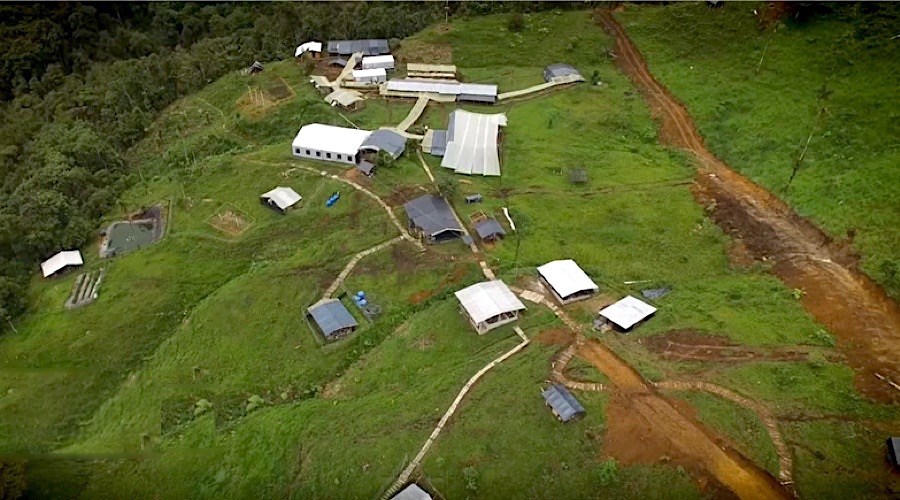
SolGold (LON, TSX: SOLG) has secured $50 million in royalty financing from Osisko Gold Royalties (TSX, NYSE: OR), which will help the miner fund the development of its Cascabel copper-gold property in northeastern Ecuador.
Osisko will receive a 0.6% net smelter return (NSR) interest from SolGold, calculated with reference to NSRs from the Cascabel licence area. SolGold has a buy-back option, exercisable at its election for four years from closing, for one-third of the NSR interest.
“This funding immediately removes the financing overhang that has encumbered SolGold and provides an accretive and attractive financing solution,” chairperson Liam Twigger said.
The company is conducting a business review, following the acquisition of Canadian junior Cornerstone Capital Resources in October.
“SolGold can now devote its complete attention to the strategic review process, which is currently underway, to maximize shareholder value,” Twigger noted.
The agreement made SolGold the sole owner of Cascabel, which has the potential to become one of the 20 largest copper-gold mines in South America.
Located located in the Imbabura province of northwest Ecuador, the project is vital for a country that is keen to develop mineral resources to spur its sluggish economy.
According to the pre-feasibility study published in April, annual production will average 132,000 tonnes of copper, 358,000 ounces of gold and 1 million ounces of silver during Cascabel’s 55-year life-of-mine.
Alpala, the largest deposit found at Cascabel so far, has measured and indicated resources of 2.7 billion tonnes grading 0.53% copper-equivalent (0.37% copper, 0.25 grams gold per tonne, and 1.08 parts per million silver) for 9.9 million tonnes of contained copper, 21.7 million oz. gold and 92.2 million oz. of silver.
During the first 25 years of mining, Cascabel is expected to have an average annual production of 207,000 tonnes of copper, 438,000 ounces of gold and 1.4 million ounces of silver.
Over the last two years, Ecuador has attracted a flurry of interest from big miners looking to increase their exposure to copper. The highly conductive metal is in demand for use in renewable energy and electric vehicles, but big, new deposits are rare.
It’s estimated that the global copper industry needs to spend more than $100 billion to build mines able to close what could be an annual supply deficit of 4.7 million tonnes by 2030.